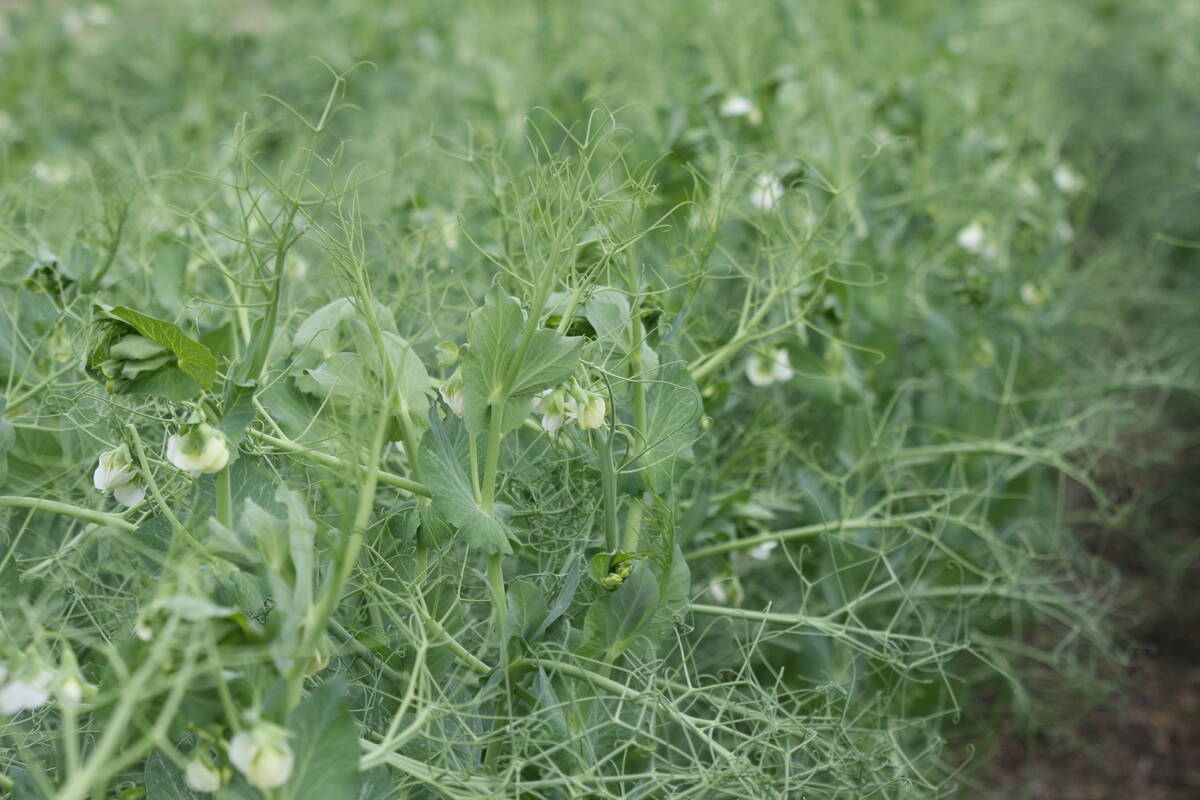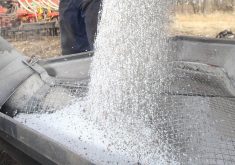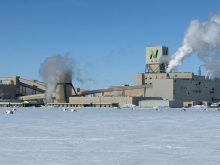This definitely wasn’t the year in which the buy-fertilizer-in-the-fall strategy paid off, unless you made 2023 new crop sales to match it.
Fertilizer, like crops and most commodities, has suffered big price declines since then. Unless the markets turn around in the next few months, some discounted fall-2023 crops will be sold to pay for premium-priced fertilizer — from the standpoint of late 2022.
With fertilizer prices becoming such a big part of crop production risk, that spread between pricing fertilizer and the crop it is used to produce has become a major factor in crop profitability.
Read Also

Russian pulse trouble reports denied
Russia’s pulse crop will be larger than last year, which won’t help prices rally from their doldrums.
For those who match their fertilizer exposure with new crop sales, this doesn’t apply. In terms of most western Canadian crops, the spread has changed dramatically. Most crops have fallen in price, but so have most types of fertilizer. Cheaper fertilizer purchases today can be matched with lower-priced fall 2023 new crop sales and that risk shouldn’t be any bigger a deal than back in the fall.
It’s a great illustration of the approach of StoneX’s Josh Linville, a fertilizer markets specialist who I’ve written about a couple times this year. Buy some fertilizer, sell some grain. It’s as simple as that.
No farmer wants to get caught out pre-pricing too much new crop grain that he might not have enough physical crop to cover. That’s been a problem for many farmers in the years of drought and following the “harvest from Hell.” It’s always a risk for every individual farm in every year.
Pricing nothing in the fall and leaving that to the spring opens up the risk of the crop markets falling and the fertilizer prices rising. The two markets don’t always move in lockstep.
But this year has shown the risks of pricing just one side of that profitability equation. Anybody who bought 2023 fertilizer in late 2022 and still needs to price new crop must be hoping for a summer rally to close the awful spread that has appeared.
Where could that rally come from? For crop specific rallies, it’s all about world weather and what happens to various crops around the globe.
But so much of what happened with the crop market rally last year and the recent bear market arises from the general commodities complex. Fertilizer, crops, oil and metals all rose as optimism took off, and most have declined since concerns about inflation and interest rates became extreme.
The Goldman Sachs Commodities Index is almost 40 percent below its March 2022 high, so crops and fertilizers have company in these lower-priced times.
For the rest of the global economy, it’s good news. Lower commodity (and food) prices will help pull down inflation and allow central banks to ease off their hefty interest rate increases and should give the world economy a better chance for a “soft landing” that avoids a recession while curbing inflation and keeping employment strong.
If that happens, agricultural and all commodity demand should pick up, prices should rise and paying for 2022 fertilizer with 2023 crops shouldn’t be such a painful process.
And for those of you who priced 2023 crops in late 2022 and didn’t price fertilizer until now, congratulations, you got lucky on the spread, but don’t brag about it too loudly. You probably have some neighbours on the losing side of that trade.


















